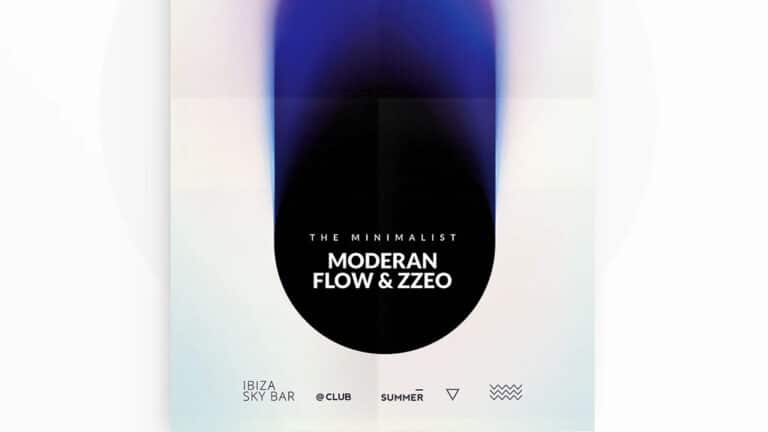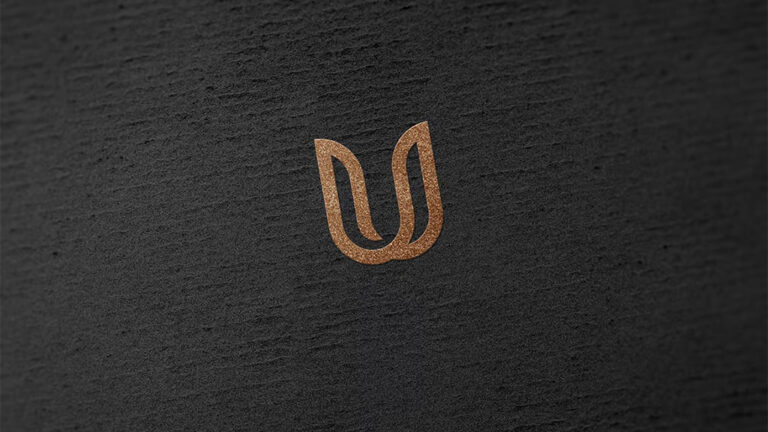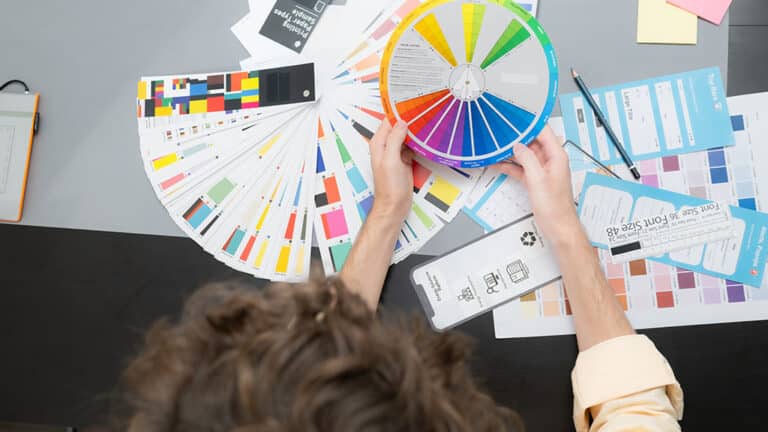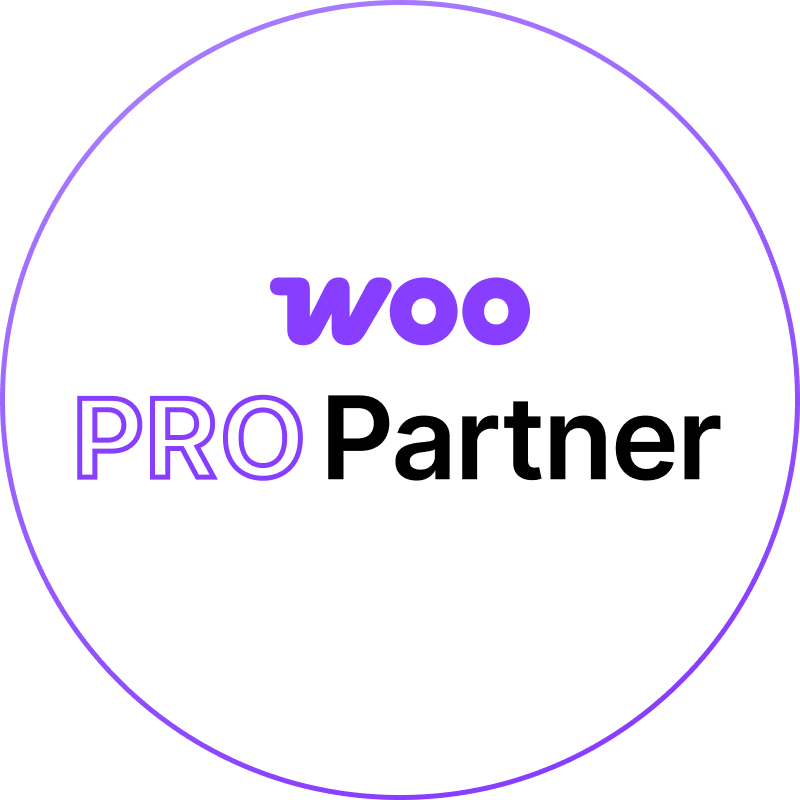Outsourcing Graphic Design: What Every Business Owner Should Know
In today’s fast-paced digital environment, visual content is everywhere—and it’s essential. From social media to email marketing, from product packaging to website design, businesses are expected to maintain a consistent and professional visual identity across every platform. For many companies, especially small and mid-sized businesses, meeting those demands in-house simply isn’t realistic.
That’s why more and more business owners are turning to outsourcing for their design needs. Outsourcing graphic design gives you access to experienced professionals without the commitment and overhead of hiring a full-time employee. It offers flexibility, speed, and scalability, making it an attractive option for companies that want high-quality visuals without overloading their internal team.
But outsourcing isn’t just about finding someone who knows how to use design software. It’s about building a reliable creative relationship that delivers results aligned with your brand, audience, and goals. Done right, outsourcing can elevate your brand and free up valuable time so you can focus on growing your business. Done wrong, it can lead to inconsistent visuals, missed deadlines, and wasted resources.
Before you hand off your next project, it’s important to understand how to approach the outsourcing process strategically. In this post, we’ll break down what every business owner should know to make outsourcing a smooth, effective, and profitable part of your workflow.
The Difference Between In-House vs. Outsourced Design
One of the first questions many business owners face is whether to hire an in-house designer or outsource their design work. Each option comes with its own pros and cons, and the right choice depends on your company’s needs, budget, and creative workload.
Hiring an in-house designer gives you direct access to someone who deeply understands your brand, works in real time with your team, and can collaborate across departments. If your company consistently produces a high volume of design work—like daily social content, product packaging, web design, and internal documents—having a designer on staff can provide long-term efficiency.
However, full-time hires come with costs beyond salary: benefits, training, equipment, and software subscriptions all add up. You also may not need 40 hours of design work every week, which can lead to underutilized resources and wasted budget.
Outsourcing, on the other hand, offers flexibility. You can scale up or down as needed, whether that means hiring a freelancer for a one-off project or working with a design agency for ongoing support. It’s ideal for businesses with fluctuating design needs or those looking to tap into a wide range of creative expertise without making a long-term hire.
Another major benefit is access to specialists. By outsourcing, you can work with professionals who focus specifically on the type of design you need—be it motion graphics, branding, packaging, or website design. That means higher-quality work and faster turnaround times, especially for projects that require a specific skill set.
Signs It’s Time to Outsource Your Design Work
Not every business starts with design help, and that’s okay. But at some point, the need for professional visuals becomes too big to ignore. Here are a few signs that it might be time to consider outsourcing your design work.
First, if your visual branding feels inconsistent, outdated, or disconnected across platforms, you likely need outside help. A professional designer can bring cohesion to your brand and help ensure every touchpoint looks polished and on-brand.
Second, if your internal team is spending too much time creating graphics—or worse, if you’re doing it all yourself—it’s a clear sign your time and energy could be better spent elsewhere. Design is time-consuming, and trying to DIY everything often leads to subpar results and burnout.
Third, if you’re preparing for a major campaign, product launch, rebrand, or event, the stakes are too high to rely on amateur visuals. Professional support ensures your materials are sharp, strategic, and effective.
Finally, if you’re looking to scale your marketing efforts, outsourcing is one of the most efficient ways to meet increased content demands while maintaining quality. Partnering with a provider of custom graphic design services ensures your visuals not only look great, but are tailored specifically to your goals and audience.
Types of Design Work You Can Outsource
One of the most appealing aspects of outsourcing is how versatile it can be. Businesses often assume outsourcing is only for one-off projects like logos or brochures, but the reality is that nearly every type of visual content can be delegated to a design professional. Whether you’re launching a new brand or maintaining a steady content calendar, outsourcing allows you to access exactly the kind of design support you need.
Branding is one of the most common outsourced design projects. This includes logo creation, brand color selection, typography choices, and the development of a full brand identity system. Many businesses start here, especially when rebranding or launching for the first time.
Web design is another popular area to outsource. Whether you need custom graphics for your homepage, banner designs, or complete UI/UX design for a new website or app, experienced designers can deliver a polished digital experience tailored to your brand.
Social media content is a constant demand—and it often benefits from being templated and designed by professionals. Designers can create branded templates for posts, stories, reels, and ads so your team can update them quickly while maintaining visual consistency.
Print materials like flyers, brochures, business cards, packaging, and signage are also easily outsourced. These require a different set of skills, including an understanding of print specs, color calibration, and layout balance, which many in-house teams lack.
Beyond these core areas, you can also outsource more specialized design tasks such as infographics, email marketing templates, pitch decks, trade show displays, and motion graphics. The flexibility of outsourcing means you can hire exactly the right person or team for each type of project—without the cost of retaining full-time talent for occasional needs.
Where to Find Reliable Design Talent
Finding the right designer to outsource to can feel overwhelming, especially with so many platforms and agencies available. The key is to start with clarity about your needs—then choose the sourcing method that aligns with your goals, budget, and timeline.
Freelance platforms like Upwork, Fiverr, and 99designs are widely used and offer access to thousands of designers across the world. These sites make it easy to post a project, review portfolios, and compare pricing. However, quality can vary widely, and you’ll need to spend time vetting candidates carefully to ensure they align with your standards and brand voice.
Referrals from trusted peers in your industry are often one of the most effective ways to find reliable design talent. If a fellow business owner or marketer had a great experience with a designer or agency, that recommendation can be worth more than dozens of online reviews.
Design agencies—especially boutique or niche firms—offer another level of professionalism and creative direction. Agencies often provide a team of designers, art directors, and project managers, ensuring a more structured and strategic process. This is ideal if you’re working on a complex project, such as a rebrand or multi-platform campaign, or if you need ongoing creative support.
Finally, you can explore talent on portfolio sites like Behance or Dribbble. These platforms showcase a wide range of design styles and specializations. Once you find a designer whose work resonates with your brand, you can usually reach out directly to discuss availability and scope.
No matter where you find your designer, make sure their portfolio reflects the type of work you need and the aesthetic you’re going for. Clear communication, professionalism, and reliability are just as important as visual talent.
How to Choose the Right Designer or Agency
Choosing the right designer or agency to partner with goes beyond liking their work—you need to find someone who understands your business, listens to your needs, and delivers high-quality work on time and on brand.
Start by evaluating their portfolio, not just for aesthetics but for versatility and relevance. Have they worked with businesses in your industry? Do their designs show strategic thinking or just visual flair? Look for work that aligns with your goals—whether that’s sleek minimalism, playful energy, or bold, high-impact visuals.
Next, consider their process. A good designer or agency will ask thoughtful questions about your business, target audience, and goals before diving into the work. They’ll provide structure, deadlines, and clarity so you always know where your project stands.
Communication style is also critical. You want someone who is responsive, open to feedback, and easy to collaborate with. If you’re outsourcing to someone in a different time zone, confirm how communication and revisions will be handled to avoid delays or misunderstandings.
Finally, don’t base your decision on price alone. While it’s tempting to go with the lowest bid, design is an investment—and the results directly impact how your audience perceives your brand. Focus on value, not just cost, and choose a designer who brings skill, strategy, and professionalism to the table.
What to Include in Your Creative Brief
The creative brief is the most important tool for setting your outsourced design project up for success. It bridges the gap between your vision and your designer’s execution, and when done well, it saves time, avoids confusion, and leads to better results.
A clear and complete brief should begin with a concise overview of your business and the project’s purpose. Explain what you’re trying to achieve and who the target audience is. Is this a product launch? A rebranding effort? A seasonal promotion? Designers need context to make informed creative choices.
Next, define the scope of the project. What deliverables are needed—Instagram post templates, a brochure, a pitch deck? How many versions or concepts are expected? Clarifying these expectations upfront helps avoid misunderstandings and scope creep later.
Include all brand guidelines or reference materials. This should cover your logo, approved color palette, typography system, and image style. If you don’t have a brand guide, at the very least provide examples of what’s “on-brand” and what’s not.
Also, specify technical requirements. These could include file formats, dimensions, preferred design tools, and platform specifications (like print specs or web resolutions). This ensures the final assets are actually usable the moment they’re delivered.
Finally, don’t forget timelines. When is the first draft due? What’s the overall deadline? Are there key review dates in between? A mutually agreed-upon schedule helps everyone stay on track and reduces the risk of last-minute surprises.
A solid brief may take a bit of time to prepare, but it pays off. It empowers your designer to deliver great work faster—and with fewer revisions.
Managing Communication and Revisions Effectively
Outsourcing isn’t a “set it and forget it” arrangement. While you don’t need to micromanage, staying engaged and communicating effectively throughout the project is key to success. Clear, structured communication keeps everyone aligned and ensures your vision is executed accurately.
Start with a kickoff call or email that walks through the brief and answers any initial questions. This is your chance to make sure the designer fully understands your expectations before any work begins.
During the project, establish how communication will take place—email, Slack, project management tools like Trello or Asana—and how often. Will you check in weekly, after each round of revisions, or only at major milestones? Setting expectations around communication avoids delays and confusion.
When giving feedback, be as specific and constructive as possible. Instead of saying “I don’t like it,” explain what’s not working: “The color feels too aggressive for our brand,” or “Can we explore a layout that emphasizes the product image more?” Good feedback leads to better results faster.
Also, agree upfront on how many revision rounds are included. Most freelancers and agencies offer a set number of revisions per project. Knowing this helps keep the process efficient and prevents endless back-and-forth that can derail deadlines.
Remember, designers aren’t mind readers. The more clearly and respectfully you communicate, the better your end product will be—and the smoother your collaboration becomes.
Common Outsourcing Mistakes to Avoid
While outsourcing can be incredibly beneficial, it comes with its own set of pitfalls. Understanding these common mistakes can help you avoid unnecessary setbacks and get the most out of your investment.
One major mistake is providing a vague or incomplete brief. Designers can only work with the information you give them—so if your goals, brand standards, or project specs are unclear, you’ll likely end up with disappointing results that require multiple revisions.
Another misstep is choosing a designer based solely on cost. While budget matters, prioritizing price over quality often leads to more expenses in the long run. Cheap work can result in low-quality designs that need to be redone, causing delays and frustrating your team.
Failing to check portfolios carefully is another risk. A designer might be great at minimalist branding but not have experience with product packaging or ad design. Always review relevant samples and confirm they align with your style and goals.
Finally, some businesses make the mistake of being too hands-off. Outsourcing still requires collaboration. Without regular check-ins and timely feedback, you risk going off course. Make time for the process and treat your designer like a partner—not just a vendor.
Conclusion: Design Is an Investment—Make It Count
Outsourcing graphic design isn’t just a convenience—it’s a strategic move that can elevate your brand, boost efficiency, and free up your team to focus on what they do best. When done thoughtfully, it becomes a long-term asset for your business—not just a quick fix for a one-time project.
To get the most value, approach outsourcing with clarity and intention. Know what kind of design work you need. Choose partners who understand your industry and your brand. Provide detailed briefs, communicate consistently, and offer thoughtful feedback.
Whether you’re a startup in need of branding or an established company scaling up your content production, outsourced design can deliver both creative excellence and operational flexibility. It’s not about handing over control—it’s about finding the right collaborators to bring your vision to life.
Design plays a critical role in how your business is perceived. With the right outsourcing strategy, you can ensure your brand always looks as strong, professional, and compelling as the business behind it.

















